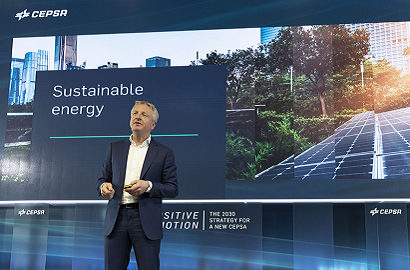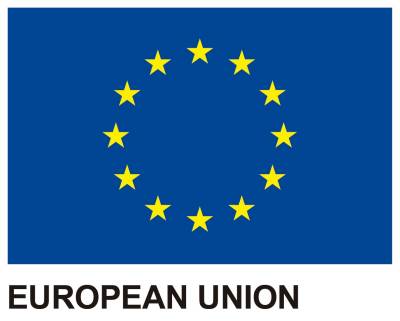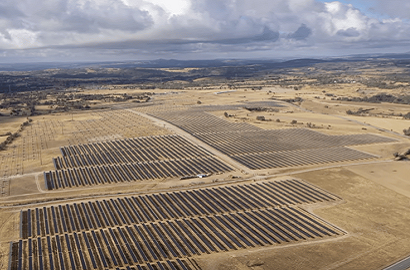Cepsa to invest 8 billion euros to lead energy transition in Spain

The 'Positive Motion' strategy will focus on three key areas: electric mobility, green hydrogen and biofuels
Cepsa has announced an ambitious plan that will make it unrecognisable ten years from now. The 2030 strategy, ‘Positive Motion’, aims to make the oil company a leader in the energy transition and in sustainable mobility and energy in Spain and Portugal. It will invest between 7 and 8 billion euros to achieve this goal.
In terms of finance, 60% of planned investment will be in sustainable businesses from 2023 onwards. This will give these companies greater weight in the company's turnover and profits, rising from 14% of EBITDA in 2022 to more than 50% in 2030. The commitment will focus on three key areas: electric mobility, green hydrogen and biofuels.
CEO Maarten Wetselaar said at the presentation of the strategy, “Today we begin an ambitious journey aimed at the transformation of our company into a key driver and enabler of the energy transition. Cepsa is small enough to move fast, yet large enough to be a leader in the creation of a greener, fairer and more sustainable economy."
Decarbonisation of activities
To make a strategy credible, you have to start at home. Cepsa's plan is to contribute to the decarbonisation of its clients' activities, and it will do so by leading by example. The goal is not just to reach net zero emissions, but to achieve a positive carbon footprint. Substantial cuts in emissions are needed to do this, which is why this part of the plan will be in place until 2050.
The 2030 strategy aims to achieve a 55% reduction in emissions by the end of the decade. By the same year, the company also plans to reduce the carbon intensity of its products by 15%-20%. Net zero emissions should be achieved by 2050, the goal being to subsequently go beyond this and become net positive.
One of the initiatives to make this happen will be the development of its own portfolio of solar and wind energy projects to meet its own needs. The first 1.5 gigawatts are already connected to the grid, and the capacity will reach 7 gigawatts.
Sustainable mobility
The sustainable mobility challenge will be addressed at different levels. As for private vehicles, and together with Endesa, the company intends to develop the most extensive ultra-fast on-street charging network in Spain and Portugal. There will be at least one 150 kilowatt charger every 200 kilometres on major highways and intercity roads. In terms of road transport, the company will promote the use of green hydrogen, which by 2030 will be available at least one refuelling station every 300 kilometres on routes connecting Spain with Europe.
Industrial clients and air and maritime transport are also a focus for Cepsa and its commitment to green hydrogen, and an alternative will be available in the form of biofuels. The energy company is already one of Spain's leading hydrogen producers, and one of the aims in its transition is to continue to be the leader in this segment in 2030, after transitioning to the production of sustainable fuel itself. The aim is to become an exporter of this product to Europe, Africa and the Middle East.
Energy parks
In the production of second-generation biofuels, Cepsa is relying on its extensive experience and technical know-how to maintain its position by marketing 2.5 million tonnes per year. Aviation will be the recipient of 800,000 tonnes, if it succeeds in keeping the current 35% market share of aviation fuel in Spain.
All these new fuels will be produced at existing refineries, which means not giving up their strategic location next to the main southern European ports. However, they will look very different in a few years' time, becoming diversified and sustainable energy parks. Among other initiatives, technologies based on AI and advanced analytics will be deployed to optimise processes and reduce the environmental impact of the company’s activities.
In the chemicals division, the goal is for 30% of sales to come from low-carbon products by 2026, thanks to the development and production of renewable and recycled raw materials.
Photo: Cepsa




